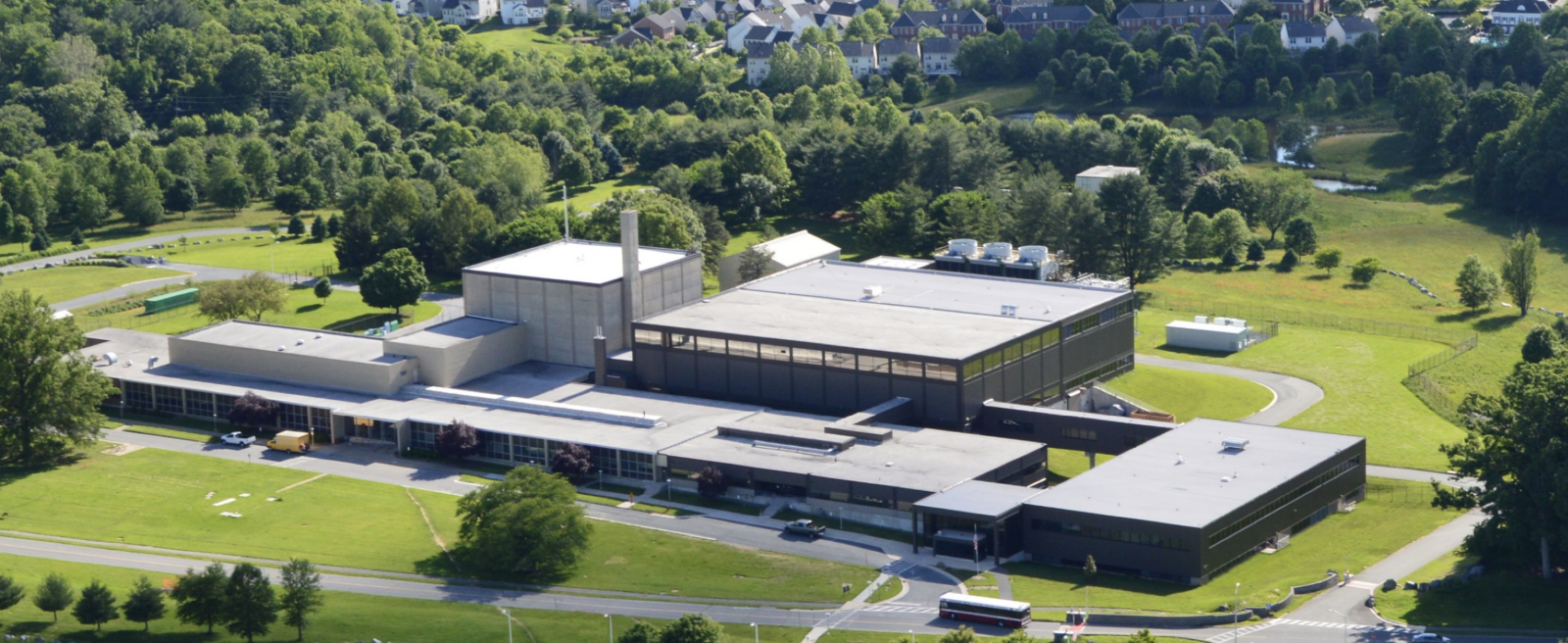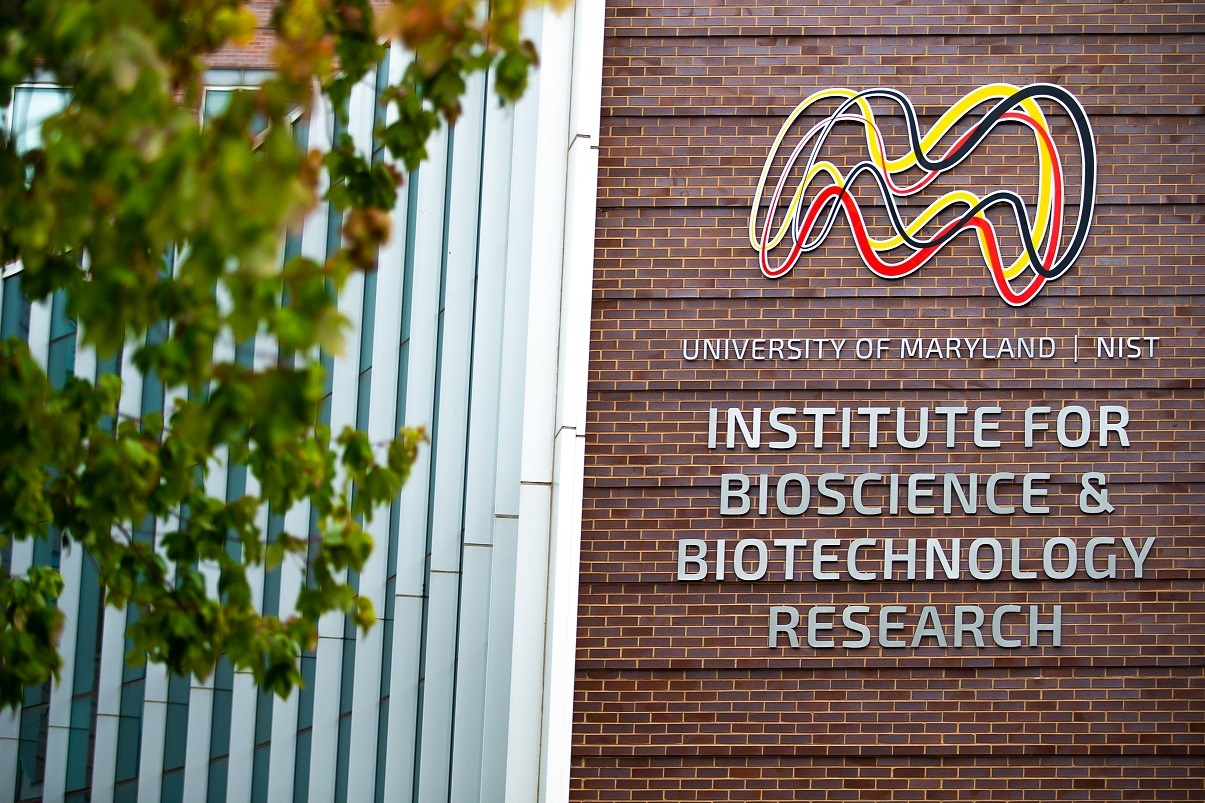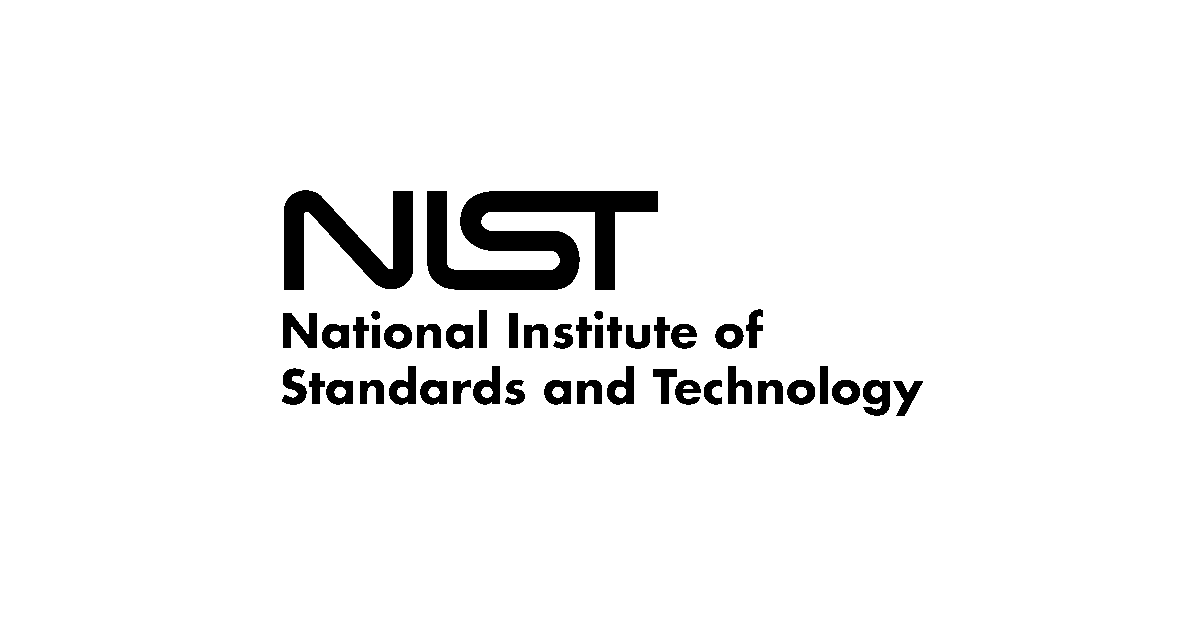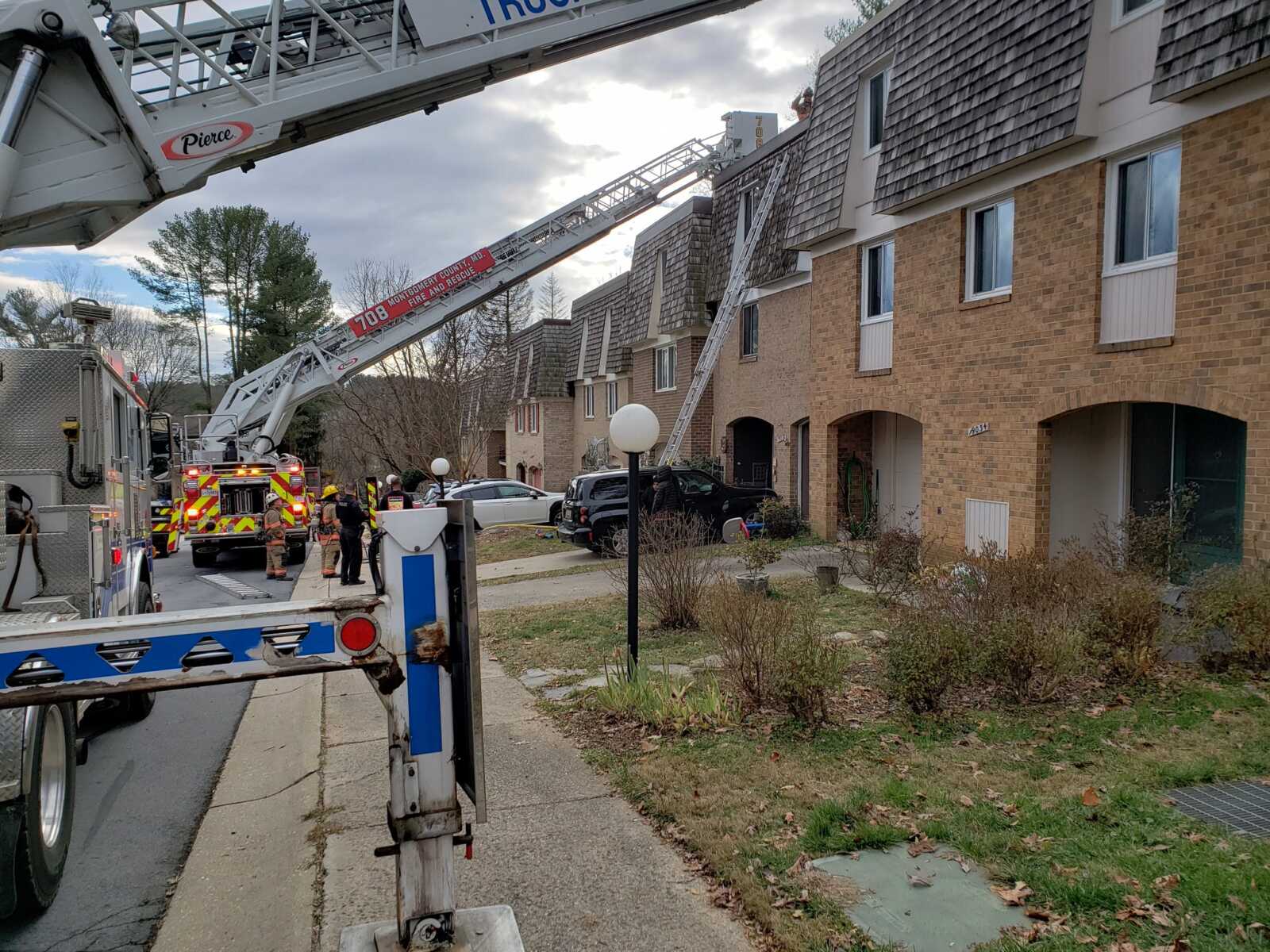
The Nuclear Regulatory Commission (NRC) has released a final report of its special inspection of the Feb. 3, 2021, alert at the National Institute of Standards and Technology (NIST) Center for Neutron Research (NCNR).
Per NIST:
The report confirms that the public was safe at all times during and after the incident, in which a single fuel element was damaged and the reactor automatically shut down. The report details seven apparent violations that the NRC will now examine more closely to determine what enforcement actions will be required.
“NIST takes very seriously the findings of the NRC Special Inspection Team and is committed to taking all corrective actions that will ensure the safe operation of this vital national resource,” said James Olthoff, who is performing the nonexclusive functions and duties of the under secretary of commerce for standards and technology and NIST director. “We have already begun making changes to our organization and procedures, and will work closely with the NRC to make sure an incident like this does not happen again.”
The report verifies information previously reported by NIST and the NRC, including that the reactor exceeded a safety limit for fuel temperature due to the overheating of a single fuel element that was not securely latched into place. The report also confirms and expands on many aspects of NIST’s analysis of the incident, pointing to deficiencies in policies, procedures, training and safety culture as contributing to the incident.
The reactor will remain shut down until the NRC determines the effectiveness of all corrective actions to protect public safety and health and approves NIST’s request to restart.
In addition to the NRC special inspection, NIST conducted an internal root cause analysis and invited four outside experts to review the NIST analyses and planned corrective actions, as well as the organizational response to the Feb. 2021 event. Links to NIST’s press releases and reports can be found on the NIST website.

New Cooperative Agreement to Aid in the Development of Therapeutics and Vaccines, Improve Access to Medication
IBBR, a joint research enterprise of the University of Maryland, College Park, the University of Maryland, Baltimore, and the National Institute of Standards and Technology (NIST), received an investment of over $16 million ($3.3 million each year) from the National Institute of Standards and Technology, which has its headquarters in Gaithersburg.
Per the press release:
The Institute for Bioscience and Biotechnology Research (IBBR) announces a newly funded five-year cooperative agreement with the National Institute of Standards and Technology (NIST) headed by the Co-Directors of IBBR, Dr. David J. Weber (PI) and Dr. John Marino (NIST). This award provides more than $3.3 million each year to support groundbreaking research, including technology and standards development that will impact vaccine and therapeutic discovery and development, and to improve access to life-saving treatments for addressing other crucial health challenges.
IBBR is a joint research enterprise of the University of Maryland, College Park, the University of Maryland, Baltimore and NIST. Research born out of this new cooperative agreement will be applied to accelerating the development and manufacturing of new pharmaceutical and vaccine approaches including cell and gene therapies and mRNA vaccines. This type of bioscience and bioengineering research will enable robust and rapid responses to pandemics and help remove obstacles to care and treatment related to rare childhood diseases and complex cancers.
“Trusting in and funding research makes it possible to find solutions to address major health and scientific challenges, and to prepare for the unknown,” said Bruce E. Jarrell, MD, FACS, President of the University of Maryland, Baltimore (UMB). “UMB has invested heavily in operational support and high-end instruments for IBBR in support of the NIST relationship. I am very pleased to see that the long-standing NIST collaboration will continue.”
As part of the new agreement, NIST provided state-of-the-art equipment for the “IBBR Commons”—a highly sophisticated research space shared with researchers throughout Maryland and the nation. For example, NIST recently partnered with Maryland to establish the Maryland Center for Advanced Molecular Analysis (M-CAMA) that established new cryo-electron (cryoEM) instruments and facilities to be used by NIST and researchers in Maryland for the timely development of new therapies and vaccines.
“IBBR has long provided the critical link necessary to bring together researchers across disciplines to address major health challenges and help strengthen the state’s economic base in bioscience and biotechnology,” said Darryll J. Pines, Ph.D., President of the University of Maryland, College Park. “I am so pleased this collaboration between NIST and the University of Maryland, Baltimore and the University of Maryland, College Park remains strong, and I look forward to seeing the innovations it will lead to in the future.”
IBBR was established by the University System of Maryland Board of Regents in 2010, building on and integrating previous partnerships between the University of Maryland and NIST that date back to 1984. The institute connects dozens of experts from interrelated fields of study with the common goal of accomplishing world-class interdisciplinary research that can lead to real-world advances like drug discovery, more effective vaccines, and disease prevention and treatment.
“Achieving truly groundbreaking results in fields like bioscience and biotechnology requires a wide array of resources, perspectives and expertise—from pharmaceutical and biotech companies to academic and government institutions, to foundations and NGOs,” said Jennifer King Rice, Ph.D., Senior Vice President and Provost of the University of Maryland, College Park. “What makes IBBR so unique and impactful is its ability to stand in the center of this circle of voices as the catalyst for collaborative and impactful work.”
“Having this important cooperative agreement with NIST enables us to develop and share the most sophisticated and advanced instrumentation for use in the discovery, development and manufacturing of safe and effective new medicines to treat human disease—including, most recently, for COVID19,” said E. Albert Reece, MD, Ph.D., MBA, Executive Vice President for Medical Affairs at the University of Maryland, Baltimore and the John Z. and Akiko K. Bowers Distinguished Professor and Dean of the University of Maryland School of Medicine.
About IBBR
IBBR is a joint research enterprise of the University of Maryland, College Park, the University of Maryland, Baltimore, and the National Institute of Standards and Technology (NIST). IBBR brings together critical elements necessary to inspire transformative discoveries in the field of bioscience and biotechnology and provides innovative solutions to major scientific and engineering challenges important to society. IBBR researchers seek to advance the fields of biomedical research, therapeutic development, biomedical manufacturing, and state-of-the-art measurement technologies, to support accelerated delivery of safe and effective medicines to the public. IBBR is financially supported in part by the University of Maryland Strategic Partnership: MPowering the State, an initiative designed to achieve innovation and impact through collaboration. Visit https://mpower.maryland.edu/ to learn more.

NIST to Send Scientists and Engineers to Surfside, FL Collapse Site
The National Institute or Standards and Technology, headquartered in Gaithersburg, is sending a team of six scientists and engineers to the site of Thursday’s partial building collapse at Champlain Towers South “to collect firsthand information,” to determine if an investigation will be conducted, according to Local 10 News in Florida.
NIST has conducted four previous investigations using the NCST Act authorities:
-
World Trade Center (published 2005)
-
Station Nightclub Fire (published 2005)
-
Joplin Tornado (published 2014)
-
Hurricane Maria (ongoing, but interim report published recently)Source: CNN
Local 10’s Christina Boomer tweeted the following on Monday:
BREAKING: National Institute of Standards and Technology (NIST) tells me it is sending a team of six scientists and engineers to #SurfsideBuildingCollapse "to collect firsthand information…that will be used to determine if an investigation or study will be conducted." pic.twitter.com/1Vhb75IsBG
— Christina Boomer Vazquez (@CBoomerVazquez) June 28, 2021
The NIST launches teams of experts to assess building + infrastructure procedures in the wake of what it calls “disaster and failure events” that result in a “substantial loss of life”. These events can include national disasters, construction/design failures, terrorist attacks.
— Christina Boomer Vazquez (@CBoomerVazquez) June 28, 2021

Nuclear Regulatory Commission (NRC) Confirms Public Was Safe At All Times During 2/3/21 NIST Event
Back on February 3rd elevated radiation levels were detected in the confinement building of the NIST Center for Neutron Research on its Gaithersburg, Maryland, campus.
They have released an update after a Nuclear Regulatory Commission report confirmed that the public was safe at all times during the event.
Per NIST:
The Nuclear Regulatory Commission (NRC) has released its interim special inspection report on the Feb. 3, 2021, event at the NIST Center for Neutron Research. The report confirms that the public was safe at all times and that all safety systems and staff performed as expected. Radiation released during the event remained well below regulatory health and safety limits at all times.
The research reactor will remain shut down while NIST conducts a thorough investigation into the root cause of the event. The reactor will not be restarted until that investigation is completed and the NRC authorizes a restart.
According to the report, the NRC confirmed NIST’s calculations and verified that any dose to “members of the public for this event is less than 0.5 millirem (a standard chest X-ray is approximately 10 millirem).”
On March 2, 2021, NIST reported to the NRC that a single fuel element exceeded a temperature safety limit of 450 C (842 F). The NRC’s interim report indicates this was indeed the case, noting that inspectors observed in the video surveillance “a small amount of material that was potentially once molten deposited on the lower grid plate surfaces near the displaced fuel element nozzle. While actual conditions inside the fuel element during the event are still under investigation, the inspectors note that the aluminum alloy used for fuel cladding would melt if temperatures reached a range of 1076 F – 1202 F (580 C – 650 C).”
The facility is designed to keep the public safe in the event of a fuel failure even more significant than the one that occurred on Feb. 3. The NRC reports that “as a result of the event, members of the public and occupational workers remained safe” and that there was no detectable impact on the environment.
As noted in the report, “additional information is needed to draw definite conclusions about the condition of the fuel element and deposited material.” NIST continues its inspection of the interior of the reactor and is in the process of planning the safe removal and study of the damaged fuel element to determine the most likely cause of that damage.
Once the root cause analysis has been completed, NIST will develop a plan for corrective and preventive actions that will be reviewed by the NRC. Additionally, NIST plans to engage external, independent experts to assess the event, its cause and planned actions.
The NIST Center for Neutron Research is an important national resource, providing a premier research facility to approximately 3,000 researchers from across the U.S. each year. It accounts for more than 50% of the neutron research conducted in the U.S. and over the past 50 years has improved our understanding of a wide variety of materials and phenomena.
NIST leadership and staff are committed to determining what caused the Feb. 3, 2021, event and to ensuring the safety of our staff, visitors and community.

Elevated Radiation Levels Detected at NIST
Per a press release by NIST:
At approximately 9:15 a.m. EST, Feb. 3, 2021, staff at the U.S. Department of Commerce’s National Institute of Standards and Technology (NIST) responded to an alert of elevated radiation levels in the confinement building of the NIST Center for Neutron Research on its Gaithersburg, Maryland, campus.
The alarm occurred during a restart of the research reactor after a regularly scheduled maintenance period. In response to the alarm, staff followed established procedures and immediately initiated a shutdown of the reactor. Several trained radiation workers were exposed to the elevated radiation levels and have been undergoing standard decontamination and evaluation. The health and safety of our staff members is our highest priority, as is protecting their privacy.
There are no indications of radiation above regulatory limits outside of the confinement building, a special area within the NCNR that is built to confine radioactive materials. It includes a filtered ventilation system designed to prevent the external release of radioactive material. All systems appear to have worked as designed and all protocols were followed in a timely manner. NIST will continue to evaluate data from air monitors and other sensors to ensure the health and safety of our campus and local community. NIST is also working to understand the precise cause of the elevated levels of radiation.
NIST has notified the Nuclear Regulatory Commission and will release additional information when it is available.

Feature Photo Courtesy of Montgomery County Fire and Rescue Service Battalion Chief Steve Mann
Roof Work Sparks Tar Fire Above Montgomery Village Townhomes
Around 1PM Saturday Afternoon, Montgomery County Firefighters along with firefighters from the National Institute of Standards & Technology (NIST) Fire Department responded to the 19,000 block of Capehart Drive in Montgomery Village for a reported townhouse fire.
Firefighters arrived to find residents advising everyone was safely outside, but there was a working fire on the roof of their row of townhomes.
Firefighters used extension ladders and ladder trucks to access the roof and found a small fire, which MCFRS Spokesman Pete Piringer tweeted had been sparked by hot tar from roof work.
Battalion Fire Chief Steve Mann, who was on scene, reported that all firefighters were clearing the scene as of 1:40PM after extinguishing what he described as a small fire on the roof. No injuries were reported.

